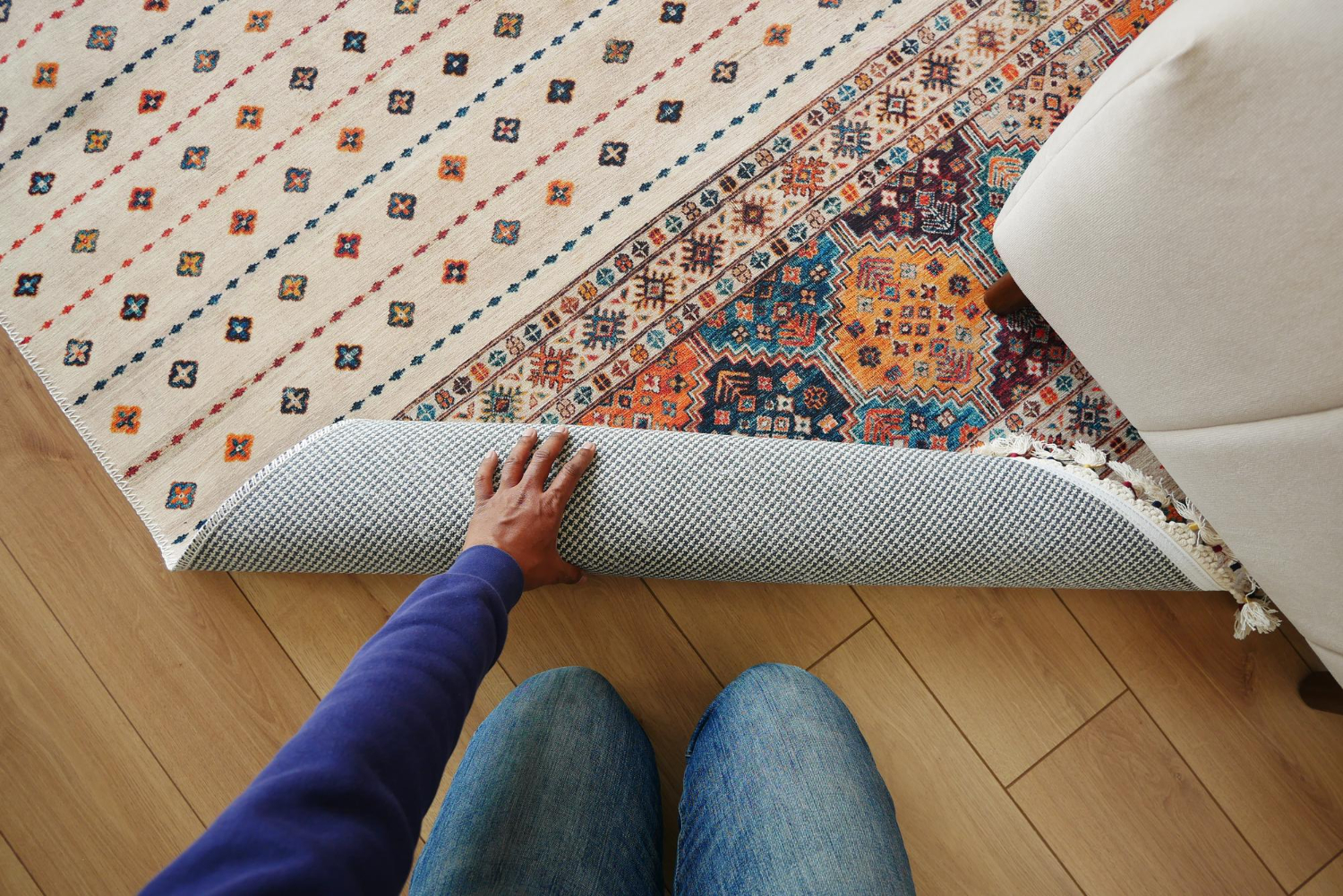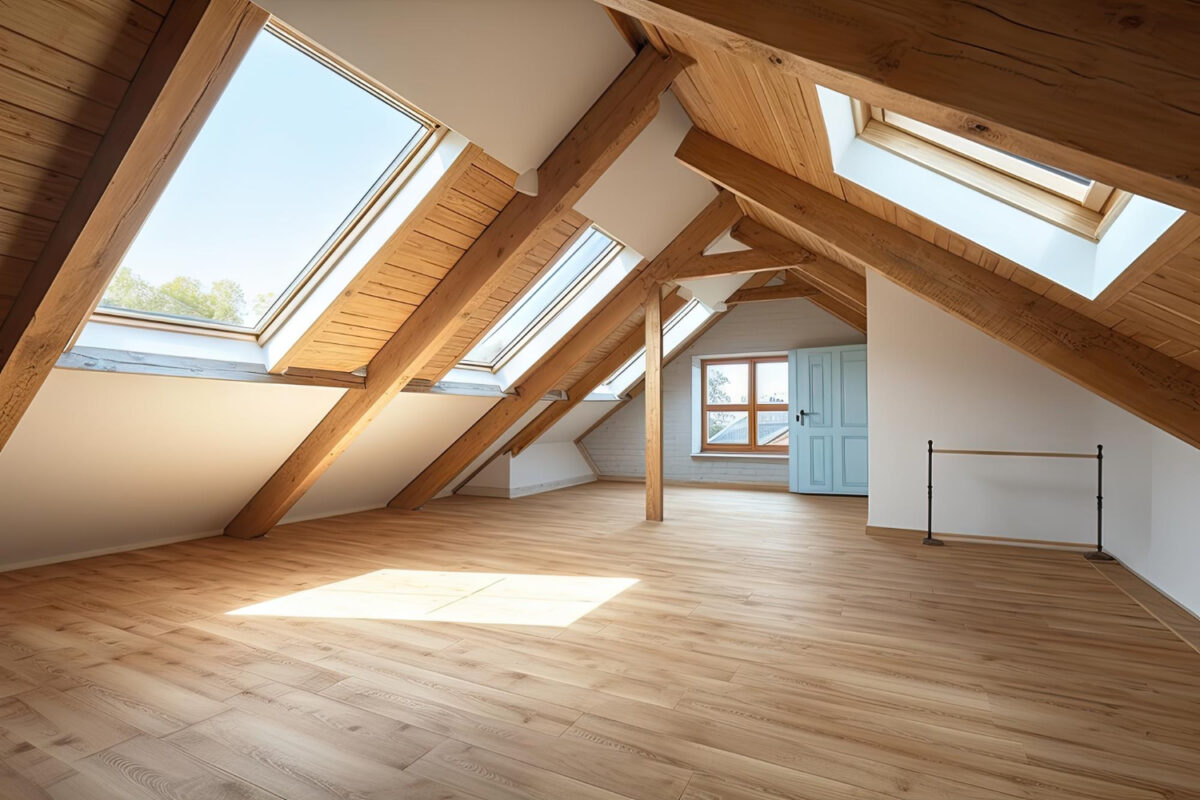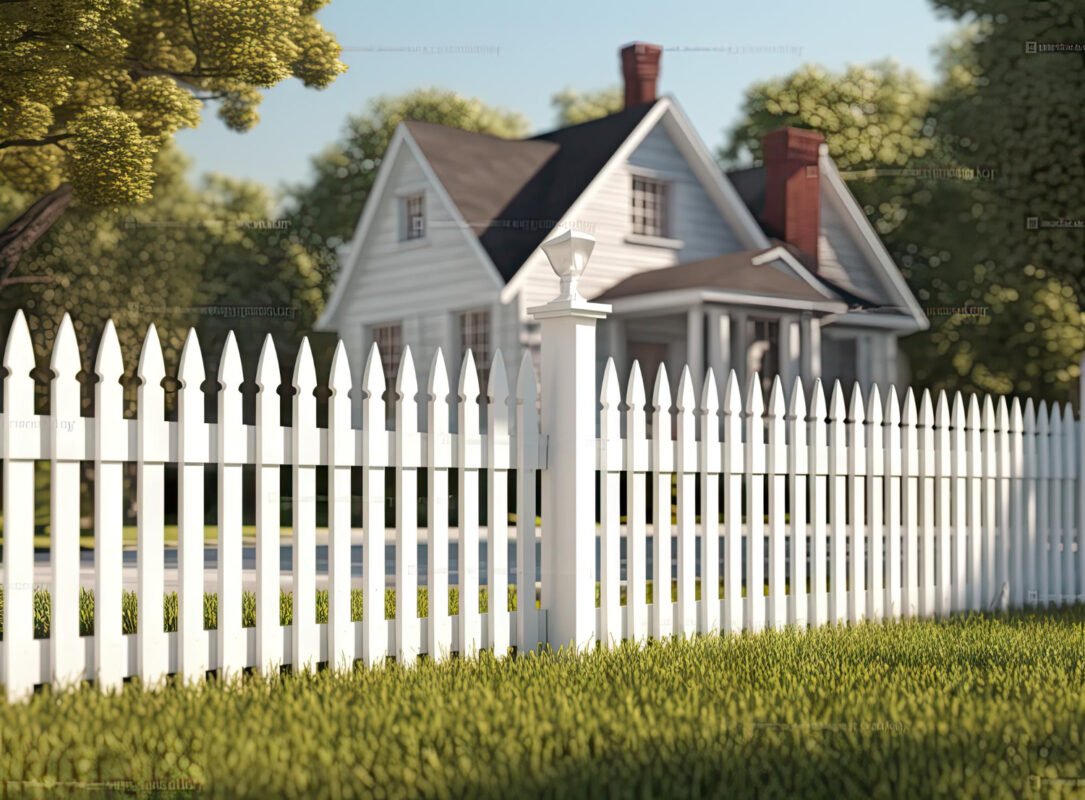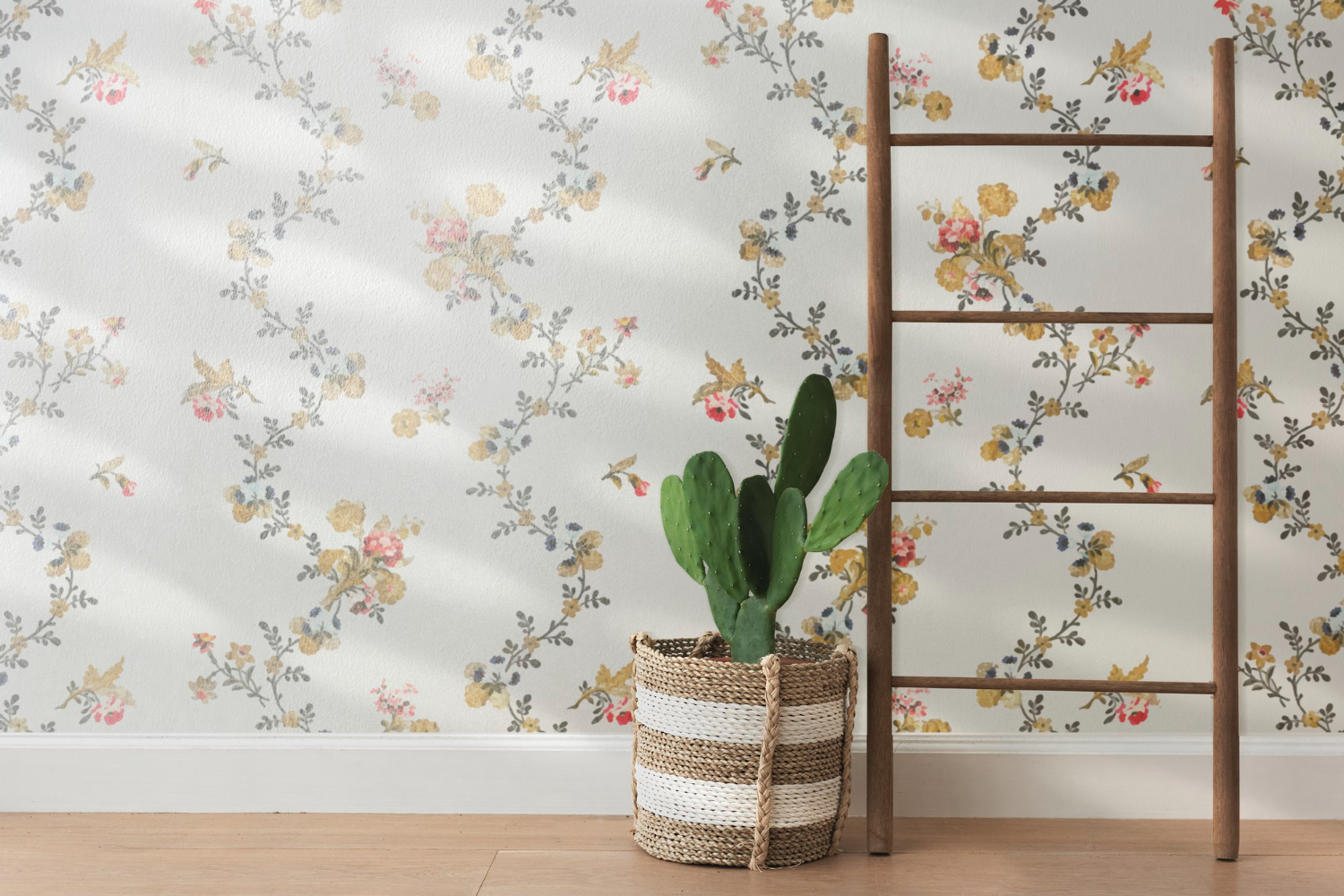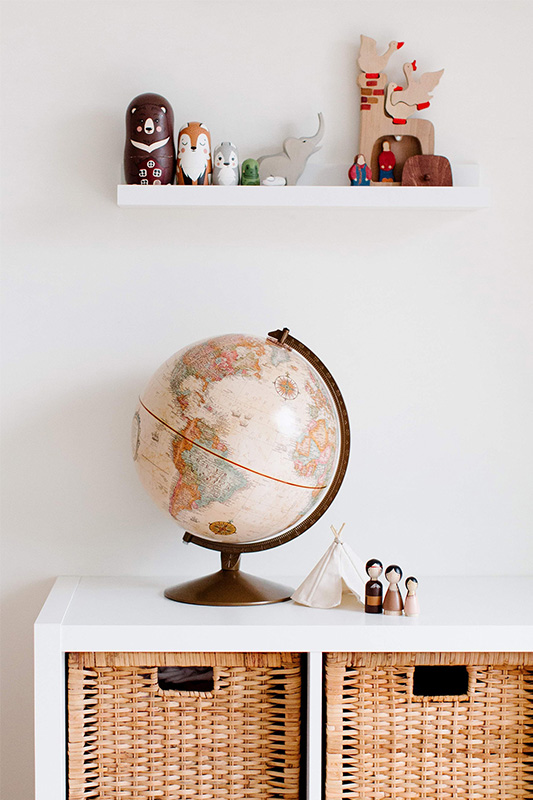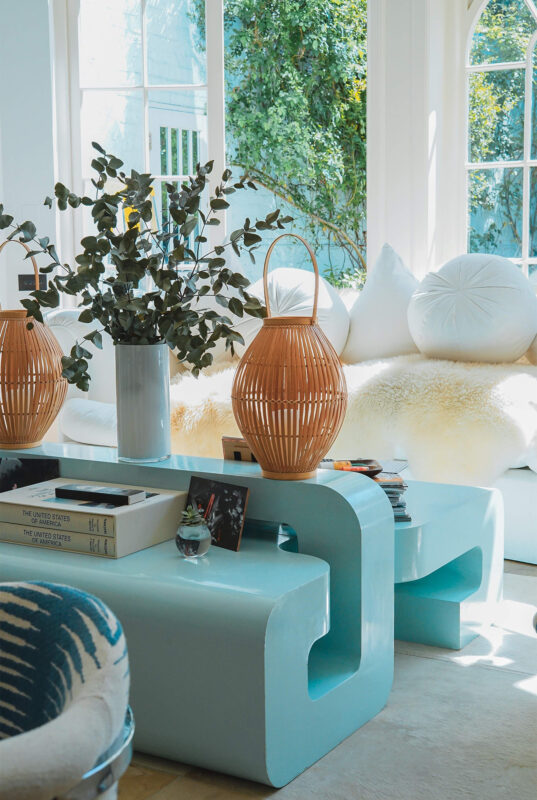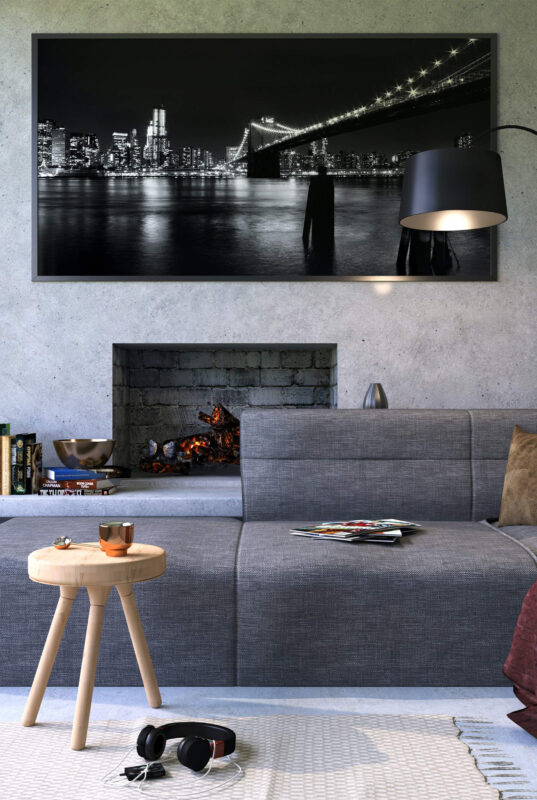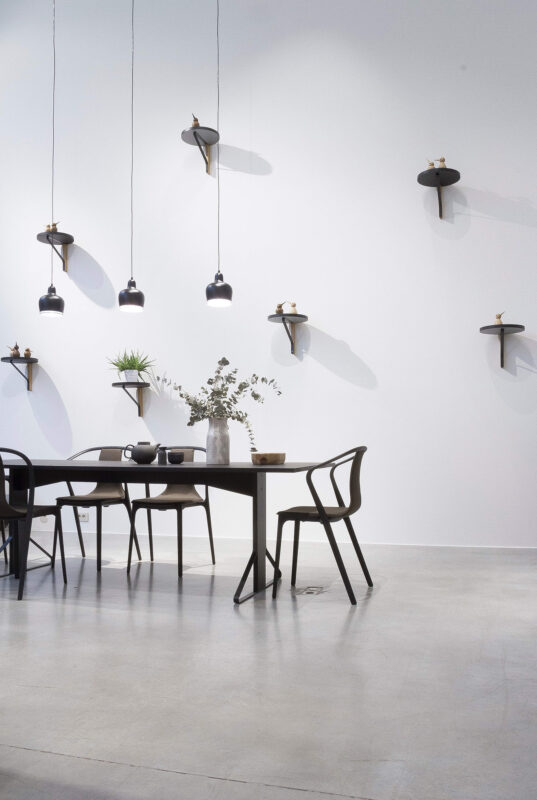Different Sofa Materials: A Guide to Choosing the Right Fabric for Your Home
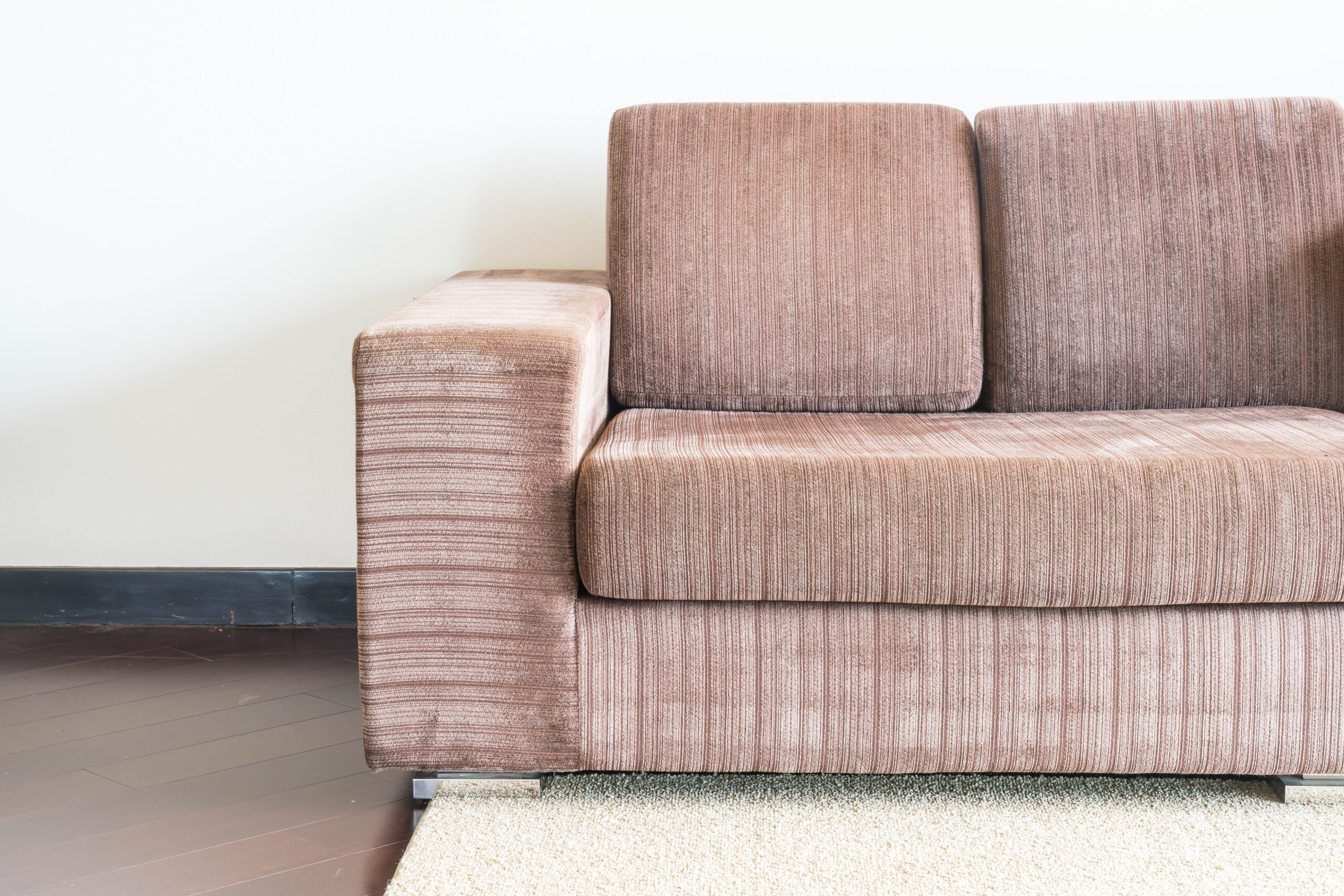
Overview of Sofa Materials
When picking out a sofa, the material really does matter. The upholstery you choose impacts comfort, style, and how long your sofa actually lasts. You’ll want to get familiar with the main types of fabrics and what makes each one special. There are more options than you might expect.
Common Types of Sofa Upholstery
Sofa upholstery comes in a handful of popular materials. Here are a few you’ll see most often:
- Fabric: Usually made from cotton, polyester, or blends. It’s available in tons of patterns and textures.
- Leather: Durable, classic, and pretty easy to wipe clean. Leather sofas can last ages if you treat them right.
- Microfiber: A synthetic pick—soft, stain-resistant, and easy to maintain. Great if you’re prone to spills.
- Linen: Made from flax, this one’s breathable and actually gets softer the more you use it.
- Velvet: Super soft and luxurious, but it can be a bit high-maintenance and may show wear faster.
Characteristics of Popular Sofa Fabrics
Each fabric comes with its own quirks and perks. Here are a few things to keep in mind:
- Durability: Leather and microfiber tend to be the champs when it comes to standing up to daily life.
- Comfort: Cotton and linen, being natural, usually feel cozier and more inviting.
- Maintenance: Synthetic blends are often easier to clean than pure natural fibers.
- Texture: Velvet and linen have their own unique feel, which can totally change the vibe of your sofa.
- Stain Resistance: Synthetics are often designed to shrug off stains, making them a lifesaver for homes with pets or kids.
Design a pet-friendly room with cozy beds, washable rugs, stylish storage for toys, and safe play areas. Add calming colors, durable materials, and personal touches for your furry friend.
How Sofa Materials Impact Comfort and Style
The material you pick really shapes both comfort and style. For instance, sofas with softer fabrics like cotton or microfiber tend to be cozier.
- Comfort: Leather looks great, but it can be chilly or sticky depending on the weather. Something to think about if your climate swings a lot.
- Style: Your choice of fabric can totally change the room. Leather is sleek and modern, while linen has a more laid-back, casual feel.
- Warmth: Cotton and linen are nice because they feel cool in summer and warm in winter. Kind of a win-win.
- Color and Patterns: With fabric, you get endless color and pattern choices. It’s a fun way to show off your personality.
Natural Sofa Fabrics
Natural sofa fabrics come from plants or animals. They’re usually praised for being breathable, comfy, and sometimes even eco-friendly. Let’s check out some of the big names in natural upholstery materials.
Cotton
Cotton is a favorite for sofas—soft, durable, and available in a rainbow of colors and patterns. It’s easy to clean and stands up to daily use pretty well.
On the flip side, cotton can wrinkle and fade, especially in sunny rooms. The weave matters too—a tighter weave usually means better durability and less chance of stains sticking around.
- Softness: Always comfy to sit on.
- Variety: So many colors and designs to choose from.
- Maintenance: Usually not a headache to keep clean.
Linen
Linen comes from flax and has a reputation for elegance. It’s got a unique texture and a bit of a natural sheen, plus it’s super breathable—perfect for warm weather.
It does wrinkle easily, which can be charming or annoying, depending on your taste. Linen tends to cost more than cotton, but its durability and chic look are pretty tempting.
- Breathability: Stays cool even when it’s hot out.
- Appearance: Looks sophisticated and a touch fancy.
- Care: Needs gentle washing to keep it looking good.
Wool
Wool is sturdy and warm, often used in more formal settings because of its classic, luxe vibe. The fibers naturally resist water, which is handy if you’re worried about spills.
It’s also good for extra texture and can fight off odors. Downsides? Wool can be pricey and might need professional cleaning.
- Warmth: Cozy, especially in cold climates.
- Texture: Adds richness to your furniture.
- Durability: Tough enough to last a long time.
Silk
Silk is all about luxury—smooth, shiny, and instantly elevates any sofa. It’s made from silkworms and feels amazing against your skin.
But silk is delicate and doesn’t love stains or sunlight. You’ll want to keep it out of direct rays to avoid fading.
- Luxury: Instantly makes a space feel high-end.
- Softness: Super gentle to the touch.
- Care: Needs some extra TLC to keep its good looks.
Leather Sofa Options
If you’re thinking about leather, you’ll run into a few different types. Each has its own personality and perks.
Genuine Leather
Genuine leather is made from real animal hide, so it’s got a unique look and feel. It’s durable and always looks a bit fancy.
- Comfort: Softens up with use and develops a cool patina over time. It also adjusts to your body heat, which is a nice touch.
- Maintenance: Just wipe it down with a damp cloth. Throw in some conditioner now and then to keep it from cracking.
- Cost: It’s pricier than synthetics, but it can last for years—maybe even decades—if you treat it well.
Corrected Grain Leather
Corrected grain leather is real hide too, but it’s been treated for a more uniform look. Usually, there’s an artificial grain stamped on top.
- Appearance: Smooth and polished, which fits well with modern décor.
- Durability: Stands up to a lot of wear, so it’s good for busy households.
- Cost: Less expensive than genuine leather, so it’s a decent option if you’re on a budget.
Synthetic Sofa Fabrics
Synthetic sofa fabrics are everywhere these days. People like them for their toughness, stain resistance, and how easy they are to clean. They’re made for real life—spills, pets, the works. Here’s a quick rundown of some common synthetics you might see.
Polyester
Polyester is a go-to synthetic fabric. It’s strong, doesn’t wrinkle much, and resists shrinking, which is a relief if you have a busy home. It’s often blended with natural fibers for a better look and feel. Polyester can even mimic cotton or linen, but with better stain resistance. Cleaning it is a breeze—usually just a damp cloth. Plus, you can find it in basically any color or pattern you can dream up.
Acrylic
Acrylic feels a lot like wool, but it’s lighter on your wallet. It’s soft, lightweight, and doesn’t fade or wear out quickly. It shrugs off moisture, making it solid for humid areas. Also, less pilling than you might expect, which is always a plus. It’s not the most stain-resistant though, so regular cleaning helps keep it looking sharp.
Nylon
Nylon’s known for being tough. It’s hard to snag or tear, so it’s perfect if you’ve got pets or kids running around. One thing I like is how well it resists mildew and mold—handy for damp environments. The color stays bright for ages too. Cleaning varies, but most nylon can be spot-cleaned with mild soap and water. It’s not a hassle.
Olefin
Olefin stands out for stain resistance and keeping its color. It repels moisture, so it’s often used outside as well as inside. It doesn’t fade or mildew, so it’s a favorite for patios and sunrooms. It’s lightweight, which makes moving furniture less of a workout. Watch out for heat though—olefin doesn’t love high temperatures. Keep it clean and it’ll look good for a long time.
Performance Fabrics and Blended Materials
Performance fabrics and blends are getting more popular for sofas. They’re practical, durable, and stay looking fresh even in busy homes.
Advantages of Performance Fabrics
Performance fabrics are mostly synthetic and built tough. They take daily wear in stride and don’t show it much.
- Stain Resistance: Spills? Usually not a big deal. Most performance fabrics let you wipe them right up.
- Easy Maintenance: These are low-fuss. Soap and water usually do the trick.
- Durability: They resist fading and fraying, so your sofa stays looking decent for longer.
Blending Natural and Synthetic Fibers
Blended fabrics mix natural and synthetic fibers, giving you the best of both worlds. They’re often softer and more comfortable, but also tougher and less likely to stain.
- Comfort of Natural Fibers: You still get that cozy feel from cotton or linen.
- Resilience of Synthetic Fibers: The synthetic part adds strength and helps keep stains and fading at bay.
Lots of manufacturers use blends to make their sofas last longer without sacrificing comfort or style.
Durability and Maintenance Considerations
Thinking about how long your sofa will last—and how much work it’ll take to keep it clean—is a big deal. Materials really do vary in how tough they are and how they handle stains.
Durability Factors
Some materials just outlast others. Leather is a classic for a reason—it can take a beating and still look good.
Synthetic fabrics like microfiber are made to handle daily chaos. Cotton and linen feel great but might wear out sooner, especially in high-traffic spots.
Performance fabrics are built for spills and messes, so they’re a smart pick if you’ve got kids or pets. Always check the fabric rating—it’s a quick way to see how well something will hold up over time.
Stain Resistance and Spot Cleaning
When it comes to stains, the right material can make all the difference. Leather is easier to clean since you can just wipe spills right off. For microfiber, mild soap usually does the trick, which is honestly a relief when you need a quick fix.
Natural fabrics like cotton or linen might need a bit more effort. You’ll probably want special cleaners, and honestly, too much water is a no-go. Spot cleaning matters here—grab a clean cloth and treat stains right away. That’s pretty much the secret to keeping your sofa looking fresh.
DeCasa Collections blends timeless home décor ideas with functional design, inspiring creativity and comfort.



